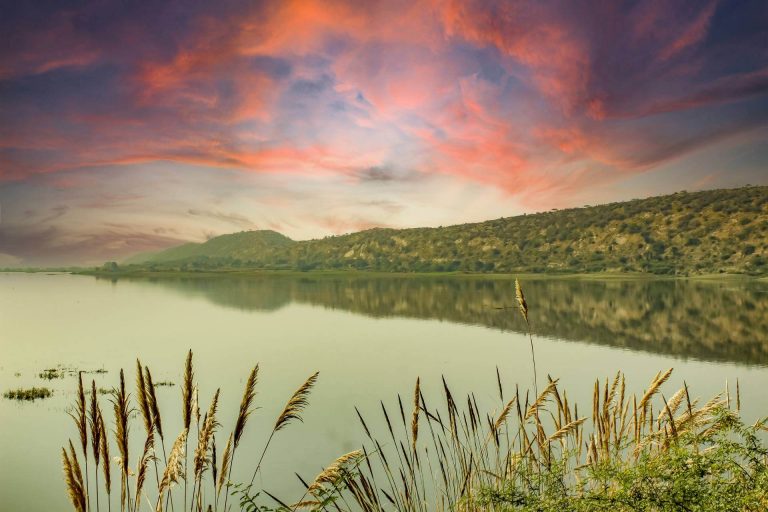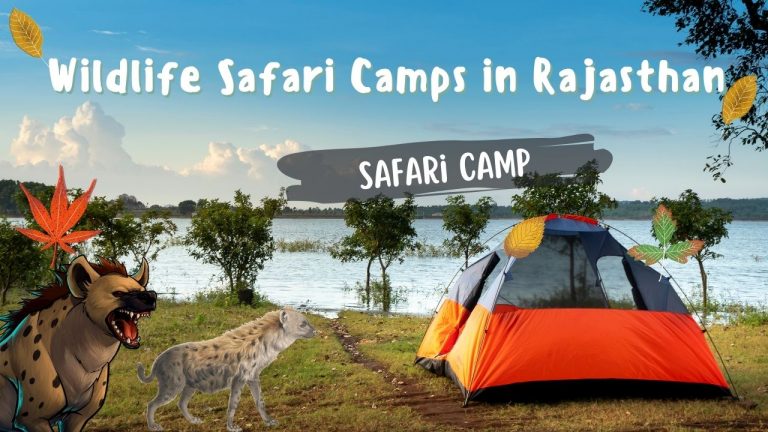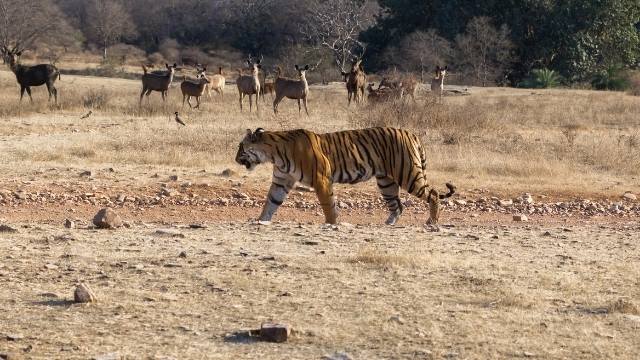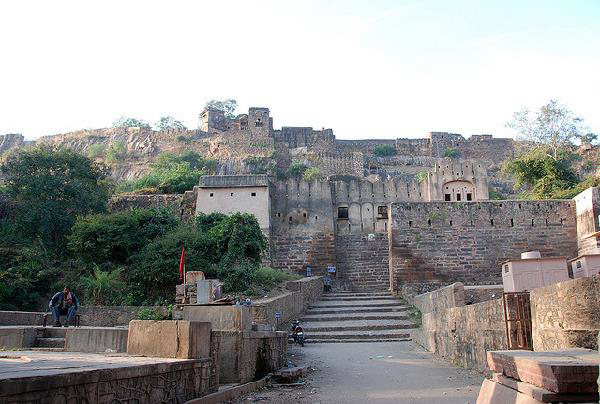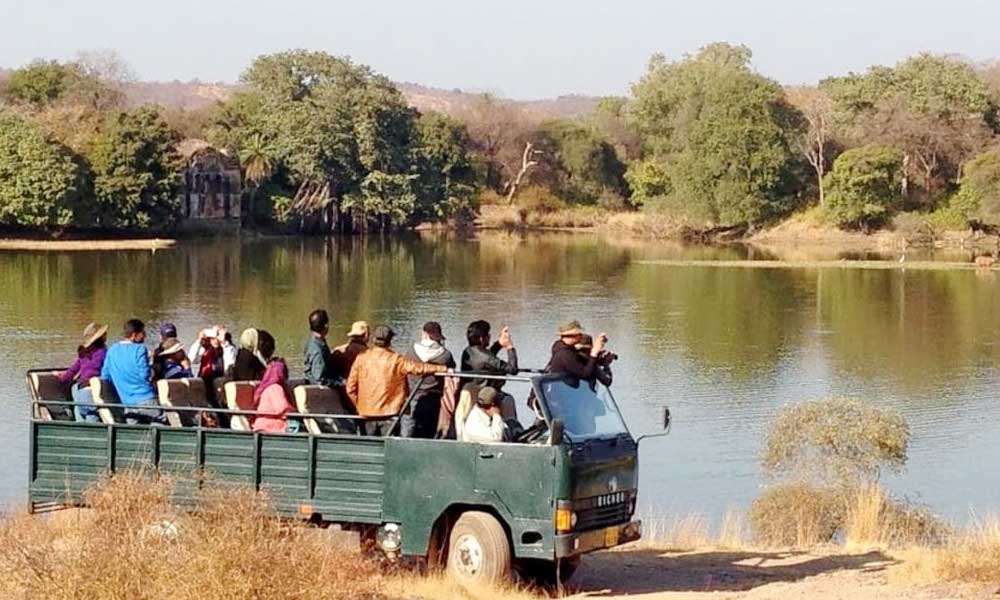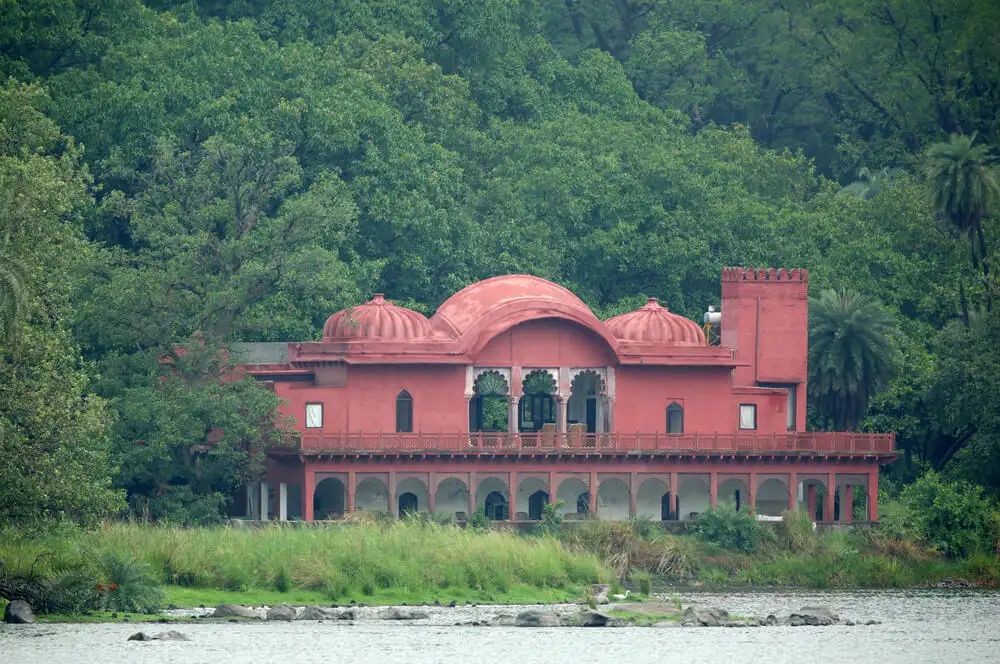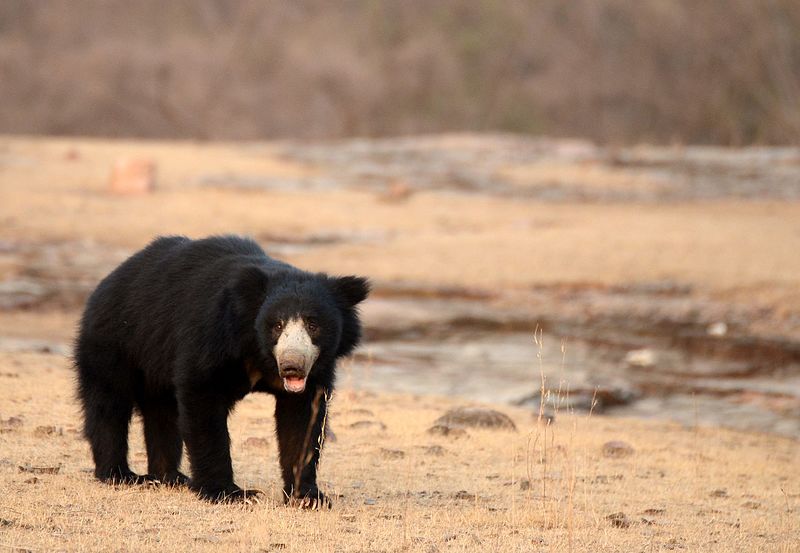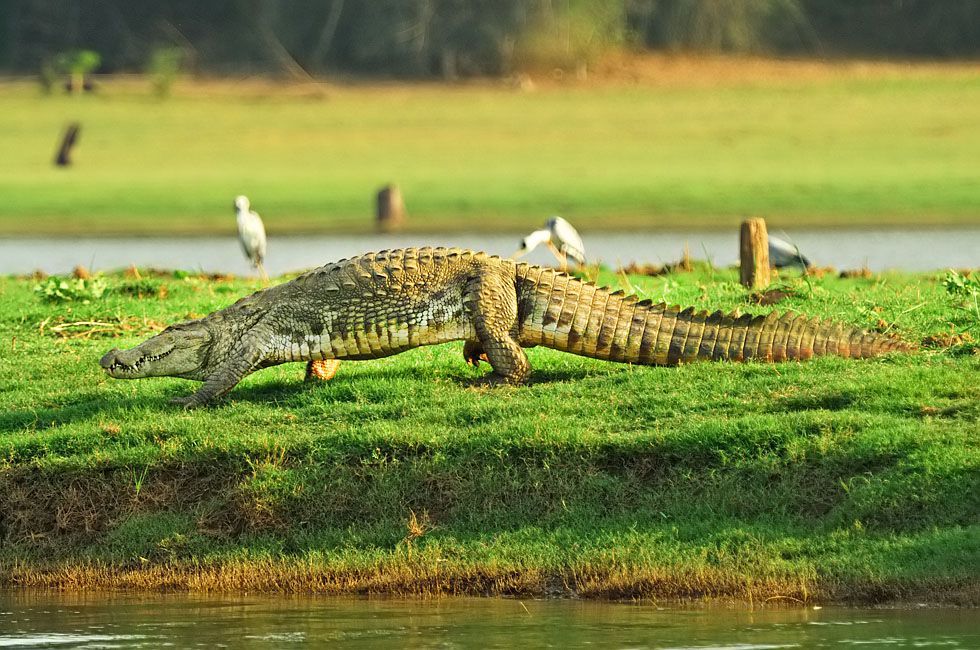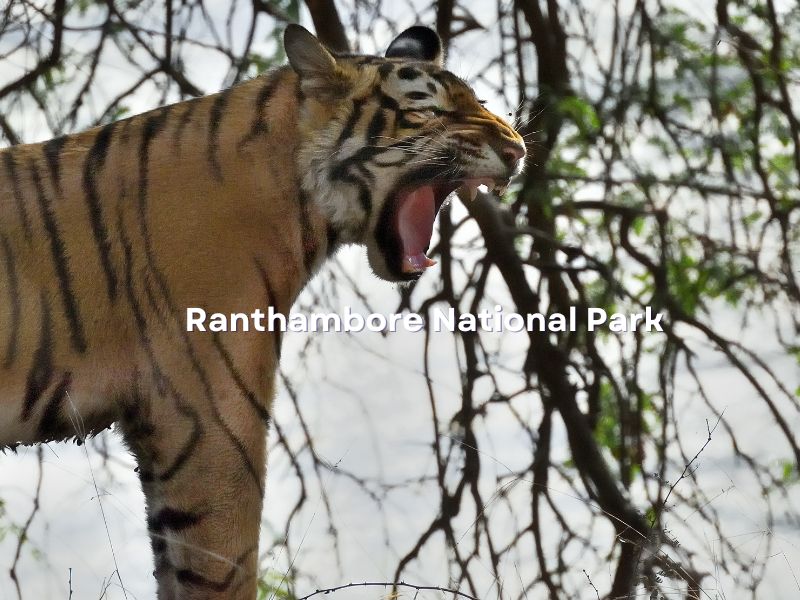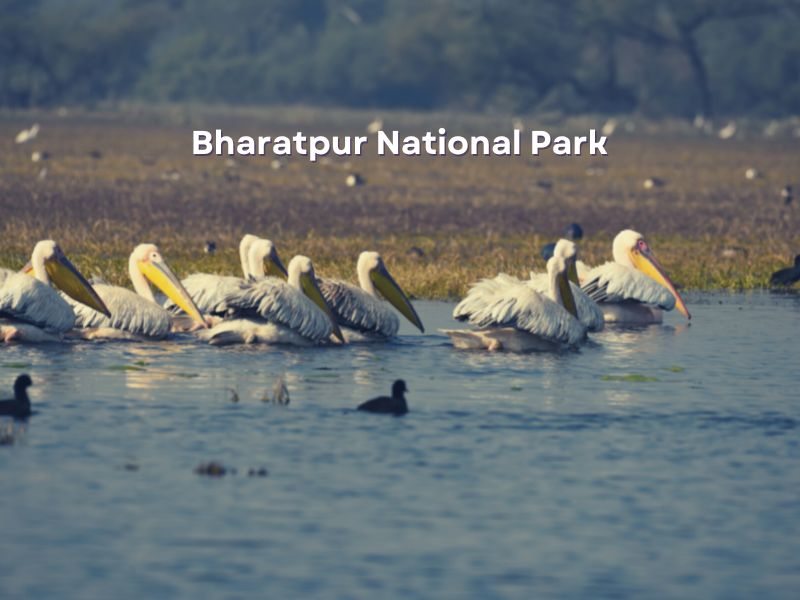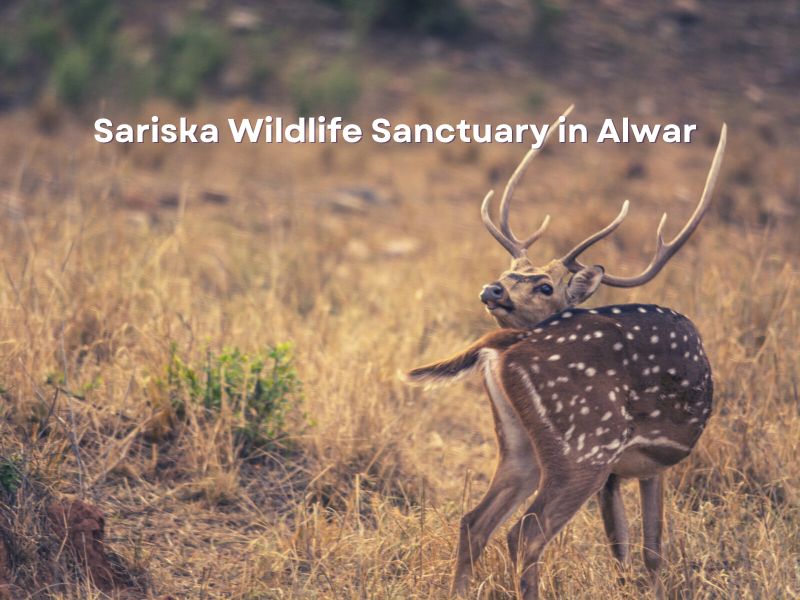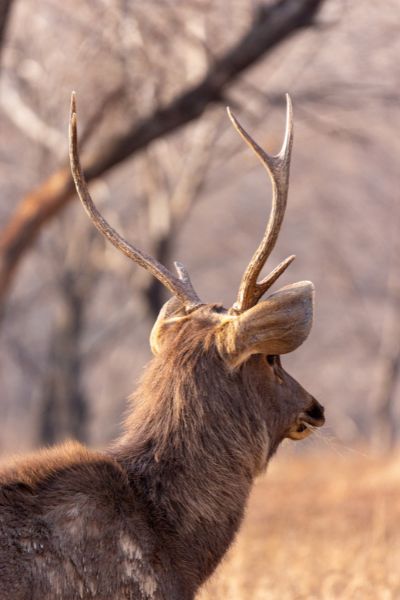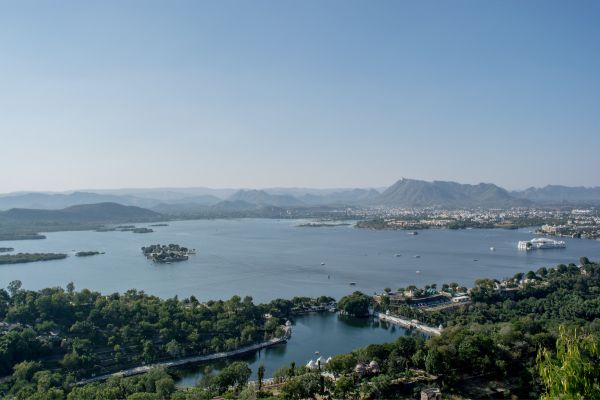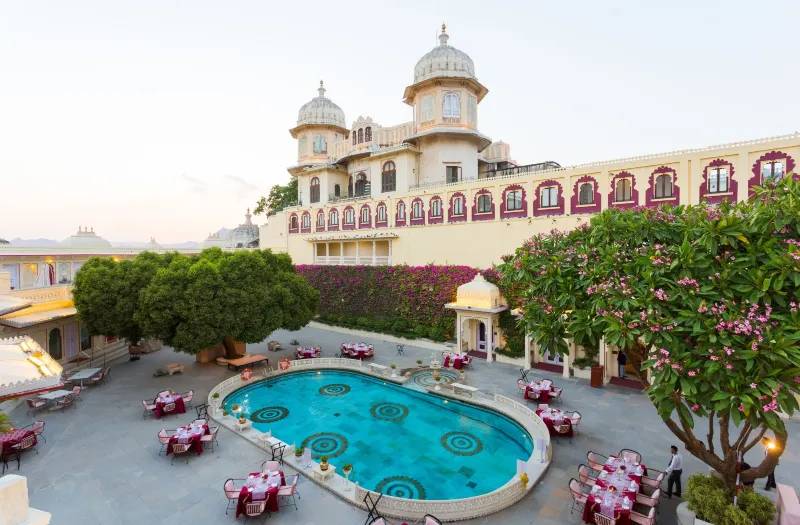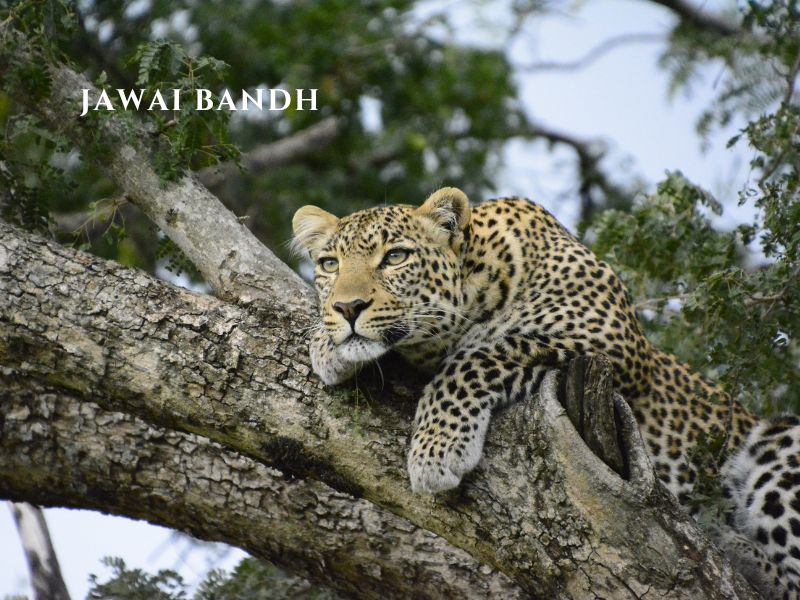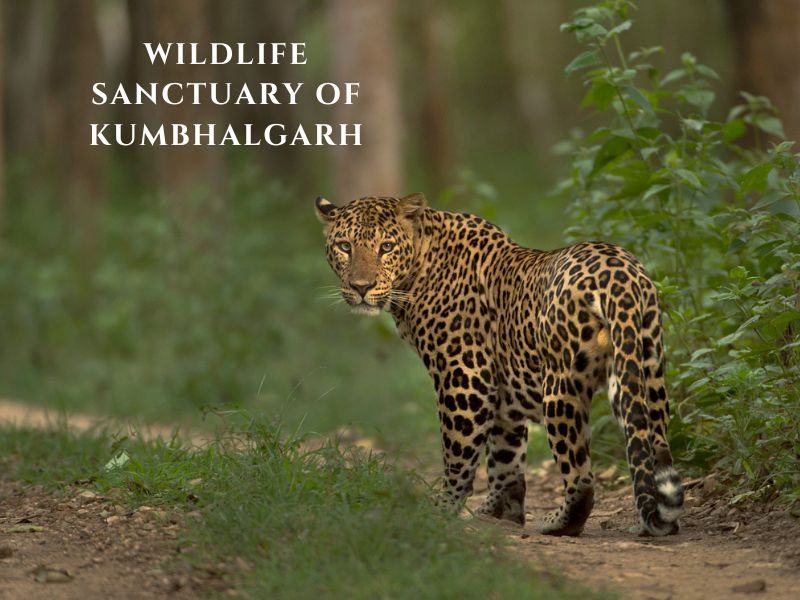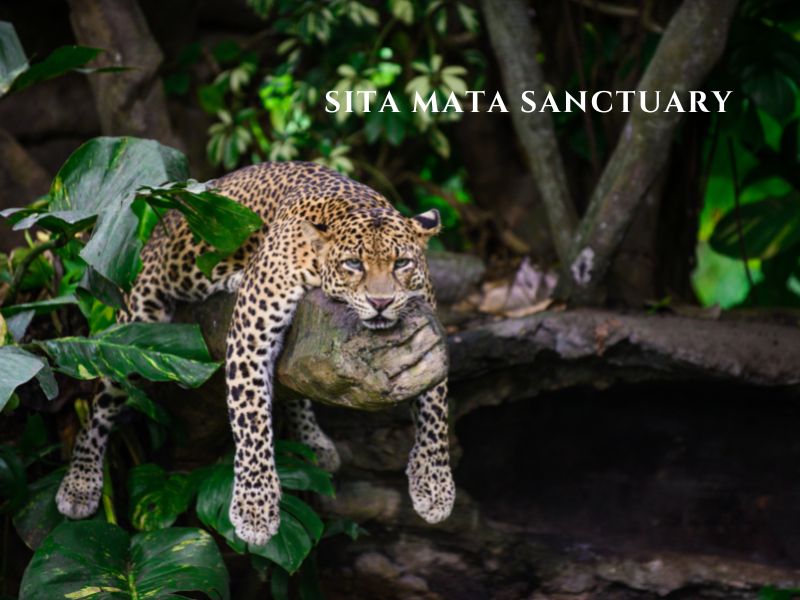Rajasthan is are rescued from the oppressive summer heat by the arrival of the monsoon. Without a doubt, the monsoon season is among the greatest for travelling to Rajasthan. The state as a whole seems revitalised, and the weather is ideal for some amazing sightseeing. The top monsoon places in Rajasthan are highlighted on this site for your enjoyment.In this article I have mentioned the 9 best Monsoon destination of Rajasthan .
1: Band Baretha


The Band Baretha is situated in the Rajasthani town of Bayana in the Bharatpur district. Beautiful dam and bird sanctuary are also present. For those who love birds, it is a haven of calm and a paradise for bird watchers. The 40 km away Band Baretha bird sanctuary is located between two Aravalli hill ranges.
The once-famous Desert Town of Bayana is located on the Gambhir River’s bank. The man-made Lake Kishan Sagar was created by damming the Kakund River and is located a few kilometres to the east of it in the Baretha hills. It is renowned for its excellent stone. Band Baretha Bird Reserve is formed by the lake, which is also called as Band Baretha, and 200 sq. km. of surrounding woodlands.
2: Bundi


Unknown to many tourists, Bundi is one of Rajasthan’s greatest locations to visit during the monsoon season. It is renowned for having Rajasthan state’s highest rainfall total. Of course, one must see the Taragarh Fort in Bundi, which is adorned in beauty and steeped in history. Another location well worth visiting is Bundi Palace, which is renowned for its paintings and frescoes. Visit Nawal Sagar Lake to find some peace and quiet.
Top activities in Bundi:
- Investigate the fort ruins.
- admiring tiny artwork
- View the historic step wells
- Explore the city by foot.
- Experience a vintage hotel stay
- Peacefully enjoy your time by the lake.
- Enjoy the finest tea in the area.
3: Jaipur


One of the nicest spots to visit in Rajasthan during the monsoon is the state capital, Jaipur. A event called the Teej Festival is held in Jaipur to commemorate the start of the monsoon season. It’s a time for dressing up in traditional attire and honouring Goddess Parvati, and it’s primarily observed by married ladies. A parade with an idol of “Teej Mata” provides both tourists and residents with an incredible show.
Top activities in Jaipur include:
- Visit the inside museum and the renowned City Palace.
- Visit Amer Fort while riding an elephant.
- Travel to Jantar Mantar
- Investigate the city’s marketplaces for goods.
- Enjoy regional cuisine
- Take in the nighttime scenery
4: Keoladeo National Park


The Bharatpur Bird Sanctuary and Keoladeo National Park are two of the greatest tourist destinations in Rajasthan during the monsoon season if you enjoy watching birds. It is home to over 375 species of stunning birds and draws them from locations like Tibet, China, Europe, and Siberia. It is a World Heritage Site recognised by UNESCO. The monsoon season is what, however, makes it a highly suggested location for a journey to Rajasthan. Moreover, migrating birds are beginning to arrive. Waterfowl that migrate and Siberian cranes are the two most well-known.
8 am to 5 pm are the hours.
Entry Fee: 50 INR for Indians; 400 INR for foreign visitors; 100 INR for a rickshaw ride
Keoladeo National Park’s top activities include:
Check out the strange birds. Take pleasure in nature hikes and quiet moments. Take photographs to capture the fun you had.
5: Mandawa
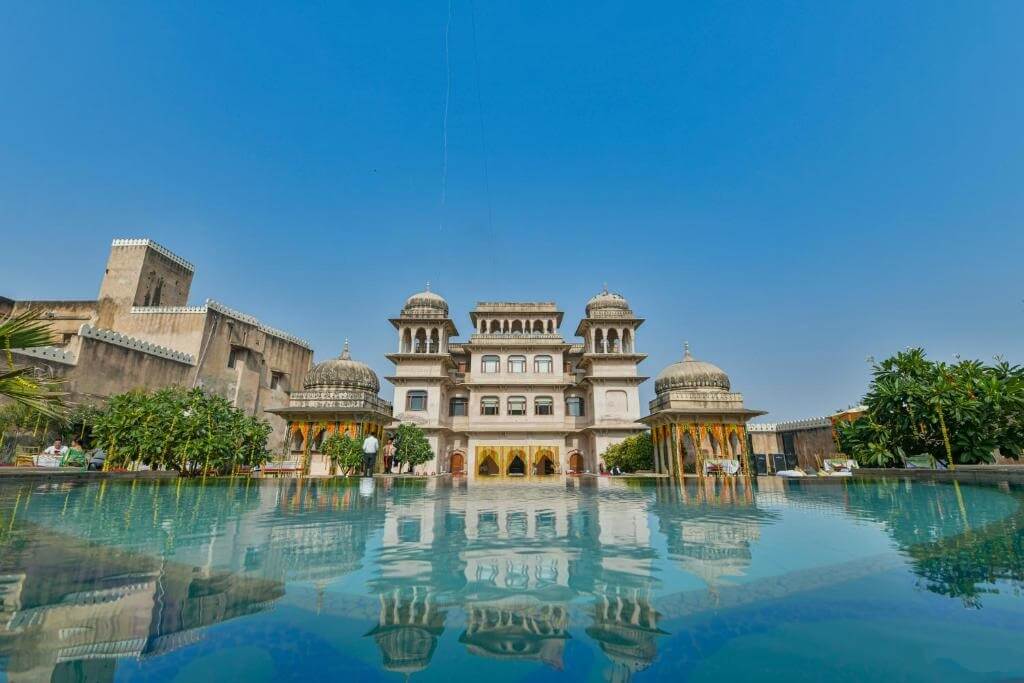

Another popular tourist site in Rajasthan is Mandawa, which is situated in the Jhunjhunu district. The entire area looks to be quite welcome because of the rainfall. Admire magnificent paintings in the Murmuria Haveli and go to the Mandawa Palace’s outdoor art exhibition. Visit the Goenka Double Haveli for a while.
Top activities in Mandawa include:
- Visit Castle Mandawa, a former fort that has been transformed into an opulent heritage hotel. Discover the city’s havelis.
- Visit the outdoor gallery of art
- Take a shopping spree
6: Mount Abu


The only hill station in Rajasthan, Mount Abu, is distinguished by a constant climate. The rainy season, however, brings out the full grandeu¹r of the area. It is just stunning to see the lush vegetation with the foggy mountains in the background. Additionally, this is the perfect time to go on adventurous outings like bird viewing, hiking, or just having a stroll. Two sites to visit include Nakki Lake and the Dilwara Jain Temple.
Top Mount Abu attractions:
- Boating is fun in Nakki Lake.
- Select hiking trips.
- Go to the well-known Dilwara Temple.
- Visit Mount Abu Wildlife Sanctuary to see wild animals.
- Trek to Guru Shikhar to take in the city’s sweeping panoramas.
7: Narlai


The most ideal example of Rajasthan’s rural side may be seen at Narlai, a picturesque hamlet nestled away between Jodhpur and Udaipur. This location gets a surge of visitors during the monsoon season because of the incredible experiences it provides. Take a vehicle safari to see stunning vistas of deer, leopards, and chitals. Trek across the region or go to the Adinath and Lord Shiva temples. Visit the handicraft facilities to see how the people produce textiles and durries.
Top activities in Narlai include:
- Take a walking tour of Narlai.
- Visit nearby attractions like Om Banna and Eklingji Temple, etc.
8: Pushkar city
Pushkar city is renowned for its stunning lakes, breathtaking views, and the exceptional camping chances it provides in the desert. As a result, it is among the top tourist destinations in Rajasthan during the rainy season. By waking up to the melodious sounds of a peacock, going on an early morning camel ride, or visiting the market that is humming with bustle, the monsoons showcase Pushkar at its finest. Additionally, this is the ideal opportunity to savour Rajasthani cuisine while listening to upbeat folk music.
Top Pushkar attractions include:
- Go camping and experience the stars
- Explore Pushkar’s ghats.
- Visit the Brahma Temple to get blessings.
- Experience a camel safari.
- To go to Savitri Temple, take the cable car.
- Shop for vibrant crafts.
9: Udaipur


When rain falls joyfully over Udaipur, the “Venice of the East” and the “City of Lakes,” one can almost smell romance in the air. Visit the Monsoon Palace, commonly referred to as the “Sajjan Garh Palace,” one of the top tourist destinations in Rajasthan during the rainy season. The Taj Lake Palace and City Palace should both be visited. During the monsoon season, several lakes also turn into unique attractions.
Top activities in Udaipur:
- Investigate the City Palace enclave
- Enjoy boating on Lake Pichola and Fateh Sagar Lake while seeing the wonderful architecture at Bagore ki Haveli
- Enjoy Rajasthani cuisine from the area at a historic hotel.
- Go to a restaurant with a rooftop, and take in the views.
- Visit Ambrai Ghar to view the sunset
- Select a historical walking tour.
Conclusion
We all enjoy the rain, but what if you travelled to some of the most beautiful locations during this season? Right, therefore reserve a cab with us to enjoy the journey to these fascinating locations.

